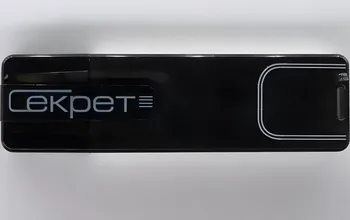The sooner the impact of drought on plants is detected, the higher the chances of preventing wilting, weakening of crops, and reduced yield. A small device based on ultrasound detects stress before it becomes too late.
The portable tool was developed by scientists from Kaunas Technical University in Lithuania and the Spanish National Research Council, reports New Atlas. Unlike existing methods of measuring stress, it does not damage any part of the plant and provides results instantly on-site, not later in the laboratory.
The device consists of two disc-shaped ultrasound transducers, which are positioned facing each other with a gap between them. One of the transducers sends an ultrasound signal, which is received by the other.
When a leaf, which is still attached to the plant, is inserted into the gap, it affects the signal, which now passes through it. The resonant frequency, thickness, density, and other characteristics of the leaf change the received ultrasound signal in a characteristic way.
Analyzing the signal data, the software on the smartphone determines the plant's water potential and the relative water content. Both of these indicators are traditionally used to assess drought stress.
When significant stress is detected, the irrigation system automatically activates (if available). Otherwise, the farmer saves water, preventing overwatering and damage to the roots. The collected data on the plants and geolocation are transmitted to the cloud to create a drought map.
This device is lightweight, easy to use, and the results are available almost instantly. Using other devices, leaves need to be cut and transported to the laboratory, which takes time. The tool was initially developed for use on grapevines, but it turns out that it works equally well on any plants with leaves with a diameter of more than 3 cm. A version for plants with smaller leaves is under development.












